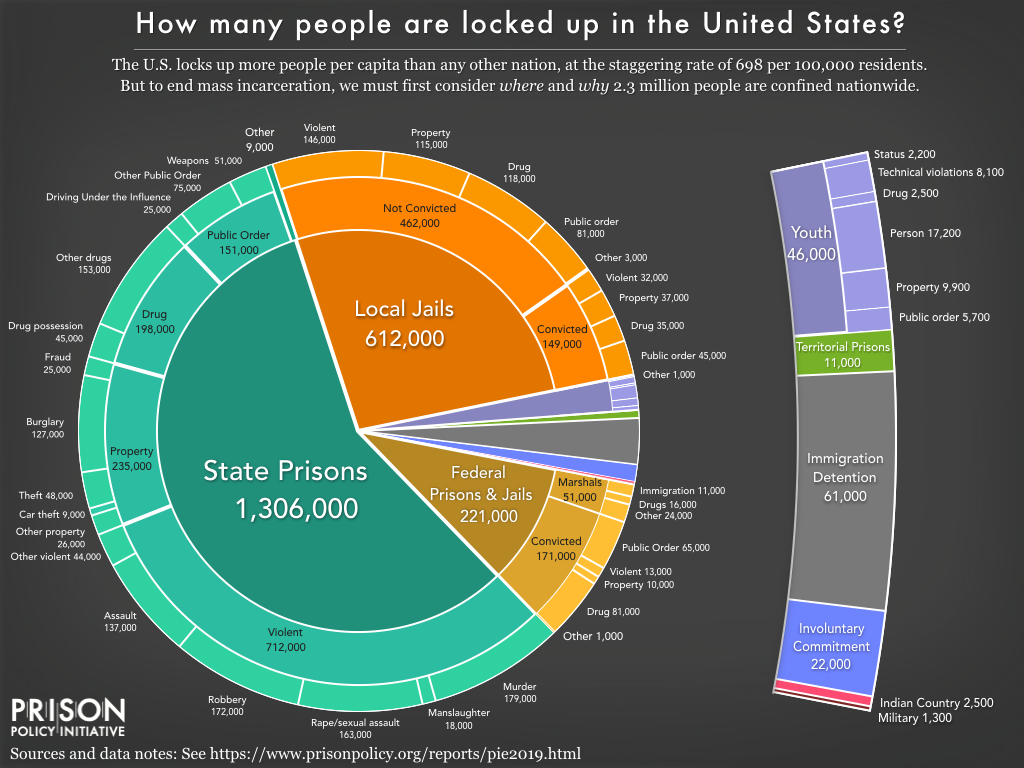
In Brief
- Incarceration rates in the U.S. have dramatically increased since 1972, and families and children are bearing the consequences.
- The Prison Policy Initiative released an updated 2019 version of the Mass Incarceration: The Whole Pie report.
- The report shows that people of color and low-income people continue to be disproportionately incarcerated.
- As more people are imprisoned, families must manage ongoing separation, stress and long-term economic disadvantage.
Why This Matters
Incarceration rates in the U.S. have dramatically increased since 1972, and families and children are bearing the consequences.

Currently, the U.S. has the highest incarceration rate in the world, with 70 percent of convictions resulting in confinement – a much greater percent than other developed nations with comparable crime rates. At the W.K. Kellogg Foundation, we want all communities to be vibrant, engaged and equitable. Embedded within all we do are commitments to advancing racial equity and racial healing; approaches that are necessary to create conditions that propel vulnerable children to achieve success. As more of our citizens are imprisoned, families must manage ongoing separation, stress and long-term economic disadvantage.
The Prison Policy Initiative, is a nonprofit and nonpartisan group that produces cutting edge research on the state of mass criminalization in America. They recently released an updated 2019 version of the Mass Incarceration: The Whole Pie report, which contains data on “who is incarcerated or confined in different kinds of prisons, jails and other correctional and detain facilities in the U.S.”
On any given day, nearly 53,000 youth are held in facilities away from home as a result of juvenile or criminal justice involvement – with nearly one in ten held in an adult jail or prison.
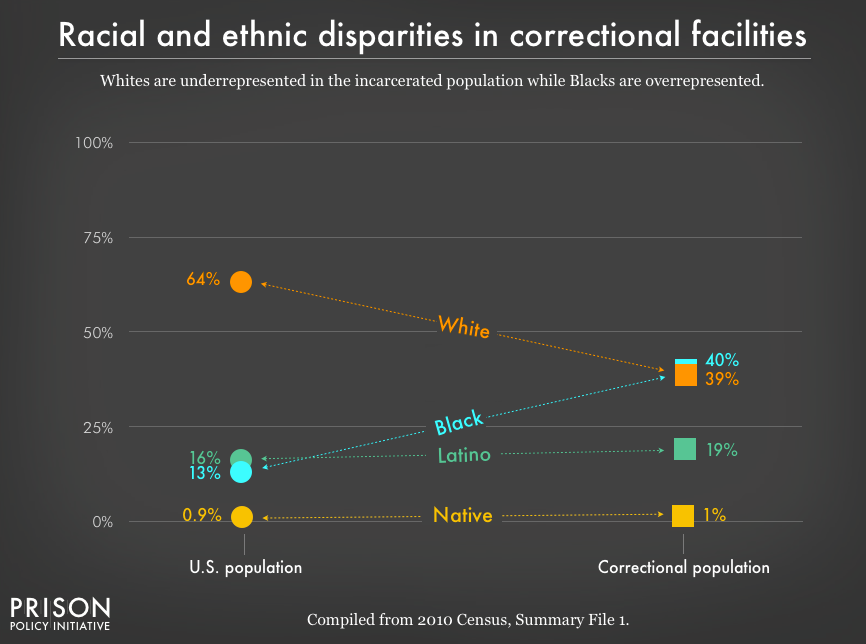
Black and American Indian youth are overrepresented in juvenile facilities, while white youth are underrepresented. For adults, the disparity is particularly stark, with Black Americans making up 40 percent of the incarcerated population while only representing 13 percent of U.S. residents.
The Opportunity
Racial disparities continue to exist; with people of color and low-income people disproportionately incarcerated. State and federal prison costs would be cut $30 billion annually if Blacks and Hispanics/Latinos were incarcerated at the rate of Whites. Currently Black men are incarcerated at nearly six times the rate of White men, while Hispanic/Latino men are incarcerated at twice the rate of White men.
We need the full creative and economic potential of all our people. Greater racial equity will not only improve individual lives, it will increase the size of the economic pie for everyone.

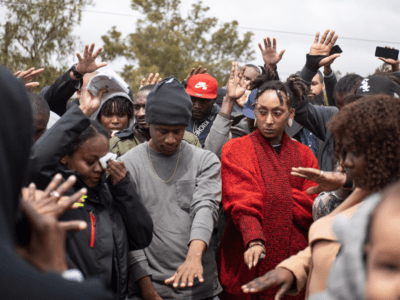
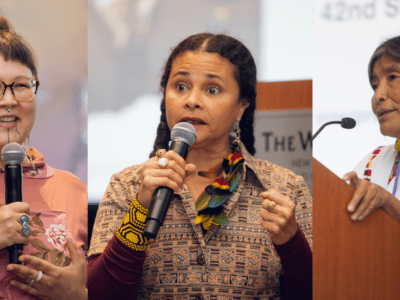
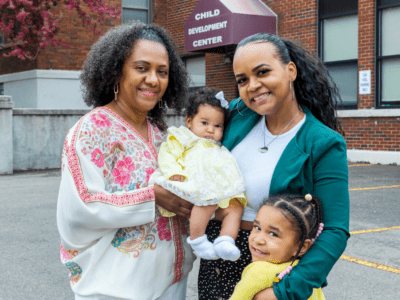

Comments